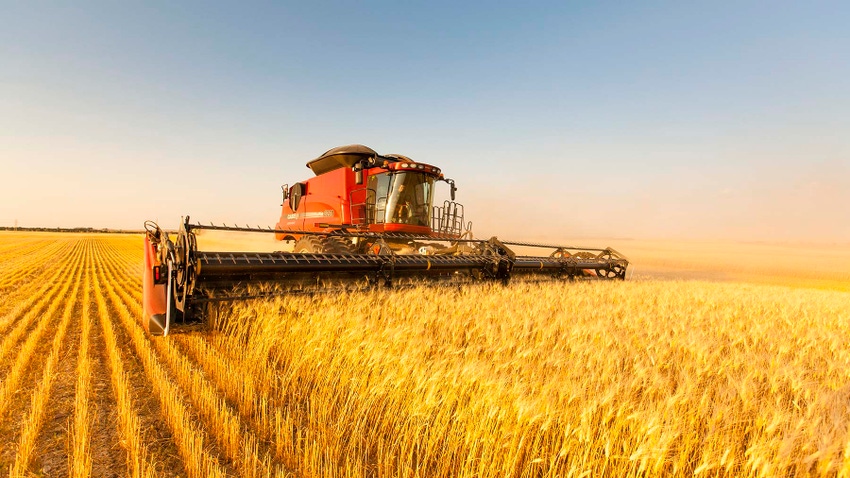
USDA’s September 29 reports found larger than expected 2023 U.S. wheat production, despite widespread drought across the country during the 2023 growing season. The findings sent wheat prices $0.12-$0.21/bushel (1.75% - 2.8%) lower in the aftermath.
Soybean prices also tumbled $0.11-$0.24/bushel lower after USDA found larger than expected soybean stocks on hand as of September 1, suggesting that June 1 – August 31 usage was weaker than expected. Corn usage for the same period was slightly higher than expected, though prices still drifted $0.02-$0.06/bushel lower following the reports’ release.
Corn
Old crop corn stocks as of September 1, 2023, were at 1.36 billion bushels, inching 1% lower year-over-year. That was below the average analyst estimate of 1.429 billion bushels but still within the range of trade guesses, which came in between 1.320 billion and 1.487 billion bushels.
Of that total, on-farm stocks increased 19% to 605 million bushels, while off-farm stocks decreased by 13% to 756 million bushels. Disappearance between June and August totaled 2.75 billion bushels, versus 2.97 billion bushels over the same period in 2022.
Based on some end-of-marketing year analysis of stocks, USDA reduced its estimates for 2022 corn production by 15 million bushels from the agency’s previous estimate, and it reduced its estimates for corn silage production by 291,000 tons (around 11.5 million bushels).
“Is the harvest low priced in for corn following today’s reports?” asks Farm Futures grain market analyst Jacqueline Holland. “That one is a little trickier to predict this year. UDSA did corn markets a solid favor by finding more Q4 corn usage, but expectations remain high that a large crop is still going to be harvested this fall. Corn markets will need to see more international purchases, domestic cattle herd expansion, and/or more corn oil volumes being used for renewable diesel production before we can say with certainty that the harvest low has been set this fall.”
Soybeans
Old crop soybean supplies as of September 1, 2023, were at 268 million bushels, which was 2% below year-ago volume. On-farm stocks increased 14% from last year, with 72.0 million bushels, while off-farm stocks dropped 7% to 196 million bushels. Analysts were expecting to see a steeper cut, with an average trade guess of 242 million bushels (with a range of 216 million to 270 million bushels).
Disappearance between June and August totaled 528 million bushels, which was down 24% versus the same period in 2022.
USDA also lowered its 2022 soybean production estimates by 5.93 million bushels from its previous estimate. Planted area was steady at 97.5 million bushels, but harvested area was revised to 86.2 million acres. USDA also slightly raised its per-acre yield estimates by 0.1 bpa to 49.6 bpa.
“Today’s reports tell us that the soybean market is still trying to set a price floor and that the harvest low may not be in just yet,” Holland says.
Wheat
Wheat stored in all positions through September 1, 2023, were up slightly from a year ago, with 1.78 billion bushels. That was very close to the average trade guess of 1.772 billion bushels. On-farm storage is up 1% from last September, with 598 million bushels. Off-farm storage is down less than 1% from last year, with 1.18 billion bushels. Disappearance between June and August totaled 614 million bushels, which is 8% higher year-over-year.
Meantime, USDA’s new all-wheat production estimates came in higher than expected, reaching 1.812 billion bushels. That was above the entire range of trade guesses, which came in between 1.689 billion and 1.757 billion bushels. USDA elected to increase its production estimates for multiple categories, including winter wheat, spring wheat and durum.
“Wheat prices were the dark horse of Friday’s report series,” Holland says. “It was nothing short of a turbulent growing season for U.S. wheat production – persistent drought all winter and spring on the Southern and Central Plains and a hot and dry spell in the Northern Plains at peak heading season this summer. For context, winter wheat abandonment rates in the Plains were among the highest since the 1930s Dust Bowl.”
About the Author(s)
You May Also Like






